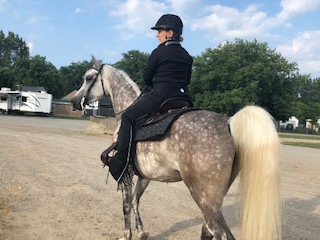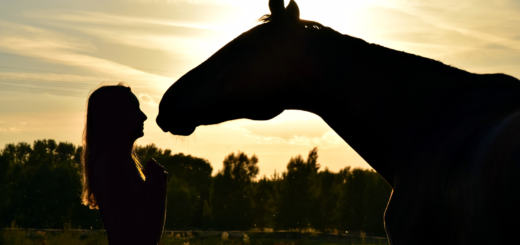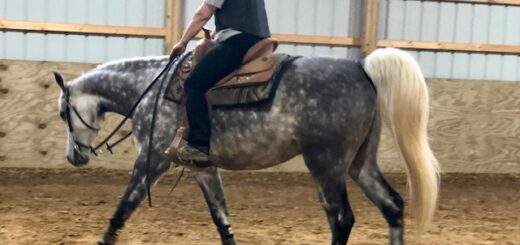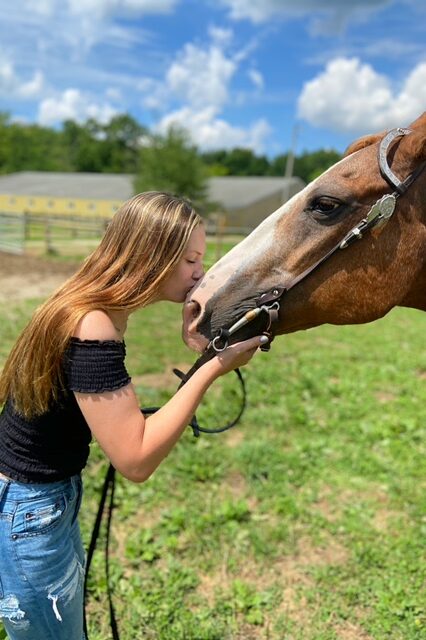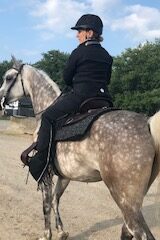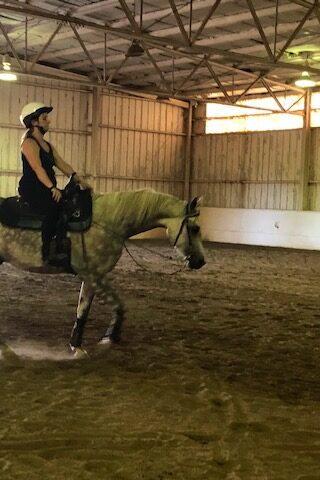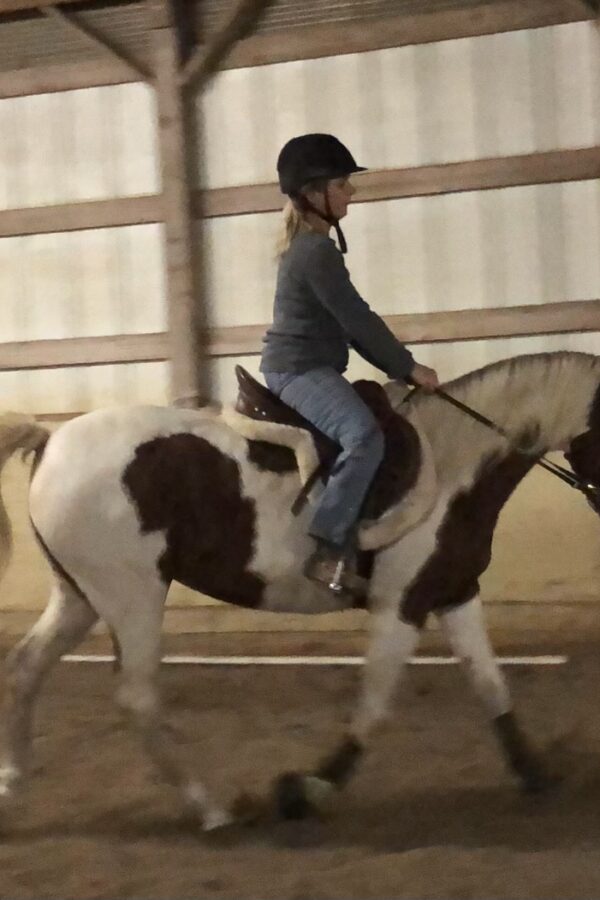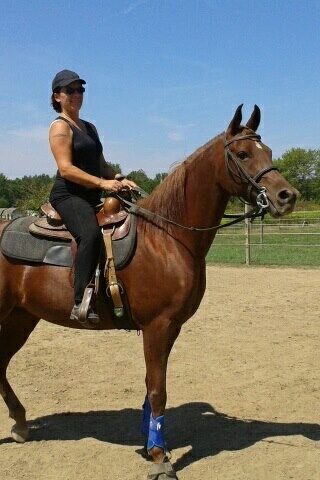Balance
I had the privilege of going to the Western Dressage Association of America’s clinic in Denver this year. As always, everyone was terrific. We had informative conversations about maneuvers, rules, new tests, and training. A common theme kept appearing in each conversation that I found to be very interesting. No matter what maneuver or test was discussed, there was always emphasis on the rider’s need to be balanced in the saddle. A balanced seat is a foundation of riding western dressage. Sometimes we get so focused on a circle or moving in a straight line that we forget about having a balanced seat.
Balanced Seat
So, what is a balanced seat, and why is it so important? Let’s start with the requirements for a rider. As a rider, you must be able to control your own body on the horse, know which aids to apply when, and be a good communicator. You are not a passive passenger nor a dictator of the ride. Having a balanced seat allows you to work in harmony with your horse, which is a big part of western dressage. Our goal is a horse that is elastic within the gaits and grounded. We imagine the western dressage horse working on a ranch with cattle out on the range or reining in a competition. The agility and lightness of the horse are the focus of western dressage training.
Western Dressage
In western dressage, we talk a lot about the rhythm and tempo of the gaits in each maneuver. This is done by you, the rider. But to influence the gaits, tempo, and rhythm, you must be able to move with the horse and develop a balanced seat. Some call this an independent seat. Here’s how it works. You have two seat bones. Your seat bones need to be centered over the backbone of the horse. Your lower back should swing with the horse’s movements as your seat stays in the saddle with no bouncing. You do this by being able to move your lower body and seat bones with the horse. With both feet planted on the floor and your body vertical, swing your pelvis back and forth. You don’t have to do significant movements, just little swings. You can do this because your feet are planted right. In the saddle, you can’t brace your feet in the stirrups so close your knees and thighs on the horse. Now move your pelvis and seat bones back and forth. Now you can stay in the saddle and move your lower body with the horse.
Lower Body
As your lower body swings, your upper body should stay still and quiet. This is often referred to as the separation of the rider’s body or an independent seat. Here is the tricky part, you need to learn to relax your hip joints so your legs can slide back on the barrel of the horse. Sounds easy, right. Try it. It takes practice. You effectively communicate with your horse through your seat and legs. Here is an important tip- your lower body and upper legs influence your horse’s hindquarters. That is where tempo, transitions, and connection come from.
Upper Body
Now let’s check your upper body. You should be able to draw a line from your shoulder to the ground. This line would pass through your head, shoulder, hip, and heel. Your shoulders and arms are relaxed and quiet, so your hands remain still. Your upper body is straight and soft. Elbows are bent at the waist, with a flexible arm and flat shoulder blade. Wrists are straightforward. The hand is closed but relaxed, with the thumb as the highest point of the hand. Your back needs to be supple. Half of your body, the upper part is yours, and the lower half is sitting relaxed and balanced, moving with the horse. This is easier to sit on a horse that is rounded and able to lift the back. If you are uncomfortable, your horse may be hollow. Also, if the horse pushes you to one side, you must apply the aids to get the backbone back between your seat bones. So, your seat is balanced by sitting correctly and keeping the horse’s back aligned and rounded.
Ask A Question
To check and see if you are in the correct position, ask yourself this question. Would you land on your feet if your horse evaporated from underneath you? If the answer is yes, you are seated correctly. You are too far forward if you feel you would land on your nose. You are too far back if you think you will land on your bottom. If your horse is not relaxed, allow the horse to reach out with the neck. This allows for a rounder, relaxed back.
Exercise
Here is a little exercise to check your seat bones and alignment. (I would like to take credit for this great exercise, but I can’t. It is from one of my favorite authors, Sally Swift, and her book Centered Riding)
Walk your horse in a straight line. Ask yourself, how far is the horse moving my seat bones? There is no correct answer here because horses have different strides, right. Now whatever number you got, maybe it was 2 inches, cut that in half using your abdominal and thigh muscles. Some horses will stop. Others may ignore you but keep moving forward. When your horse slows down, release your thighs, and use your seat to keep moving the horse forward. Do not use your reins to slow him down. Lightly touch your lower leg again. Once your horse gets it, you should be able to activate the hind legs. You have correctly used your seat to transition between an active and slow walk. Good job. Let’s look at that again. As you walk your horse forward in an active walk, close the thighs and slow your seat moves back and forth to slow the horse’s back legs. Once the horse slows, thighs off, keep the slow seat, then lower thighs back on to go. You now have longer strides in the hind end. Gotta treasure, Ms. Swift!
Until next time, enjoy the journey!!

